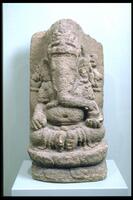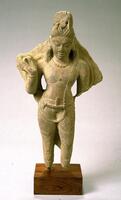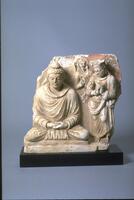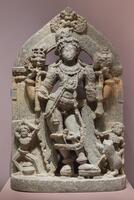South Asian Objects for Great Books

Indian
Vishnu Stele, four-armed Vishnu with two of his attributes personified
black schist
50 15/16 in x 24 in x 11 1/4 in (129.4 cm x 60.96 cm x 28.58 cm);50 15/16 in x 24 in x 11 1/4 in (129.4 cm x 60.96 cm x 28.58 cm);6 5/16 in (16 cm);8 in x 25 in x 15 in (20.32 cm x 63.5 cm x 38.1 cm)
Museum purchase made possible by the Margaret Watson Parker Art Collection Fund
Vishnu Stele, four-armed Vishnu with two of his attributes personified
black schist
50 15/16 in x 24 in x 11 1/4 in (129.4 cm x 60.96 cm x 28.58 cm);50 15/16 in x 24 in x 11 1/4 in (129.4 cm x 60.96 cm x 28.58 cm);6 5/16 in (16 cm);8 in x 25 in x 15 in (20.32 cm x 63.5 cm x 38.1 cm)
Museum purchase made possible by the Margaret Watson Parker Art Collection Fund
Created For
K-12 EducatorK-12 Student
Museum Visitor
UMMA Docent
UMMA Staff
University Faculty
University Student
Rate this Resource
AVG: 0 | Ratings: 0
& Author Notes
All Rights ReservedLast Updated
October 15, 2018 4:10 p.m.Report
Reporting Policy








